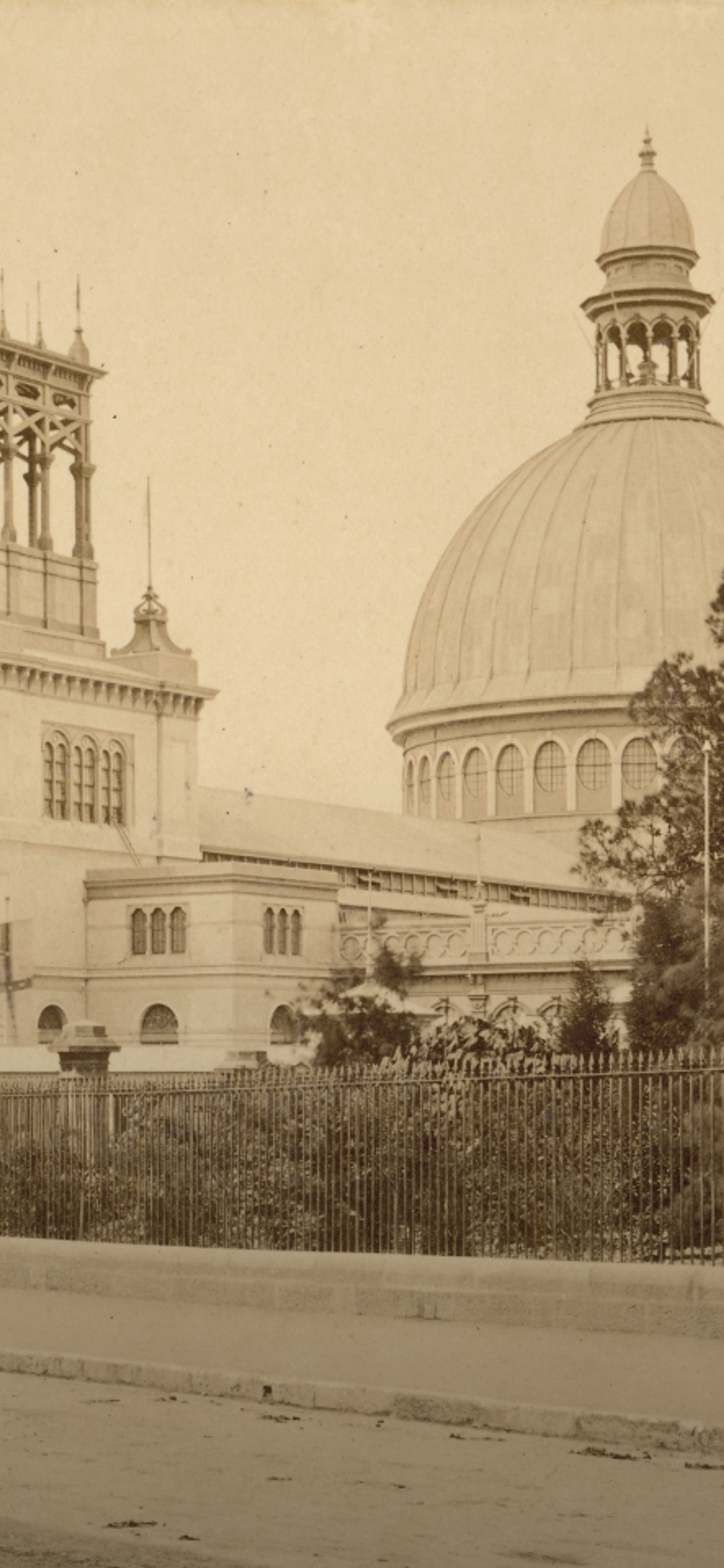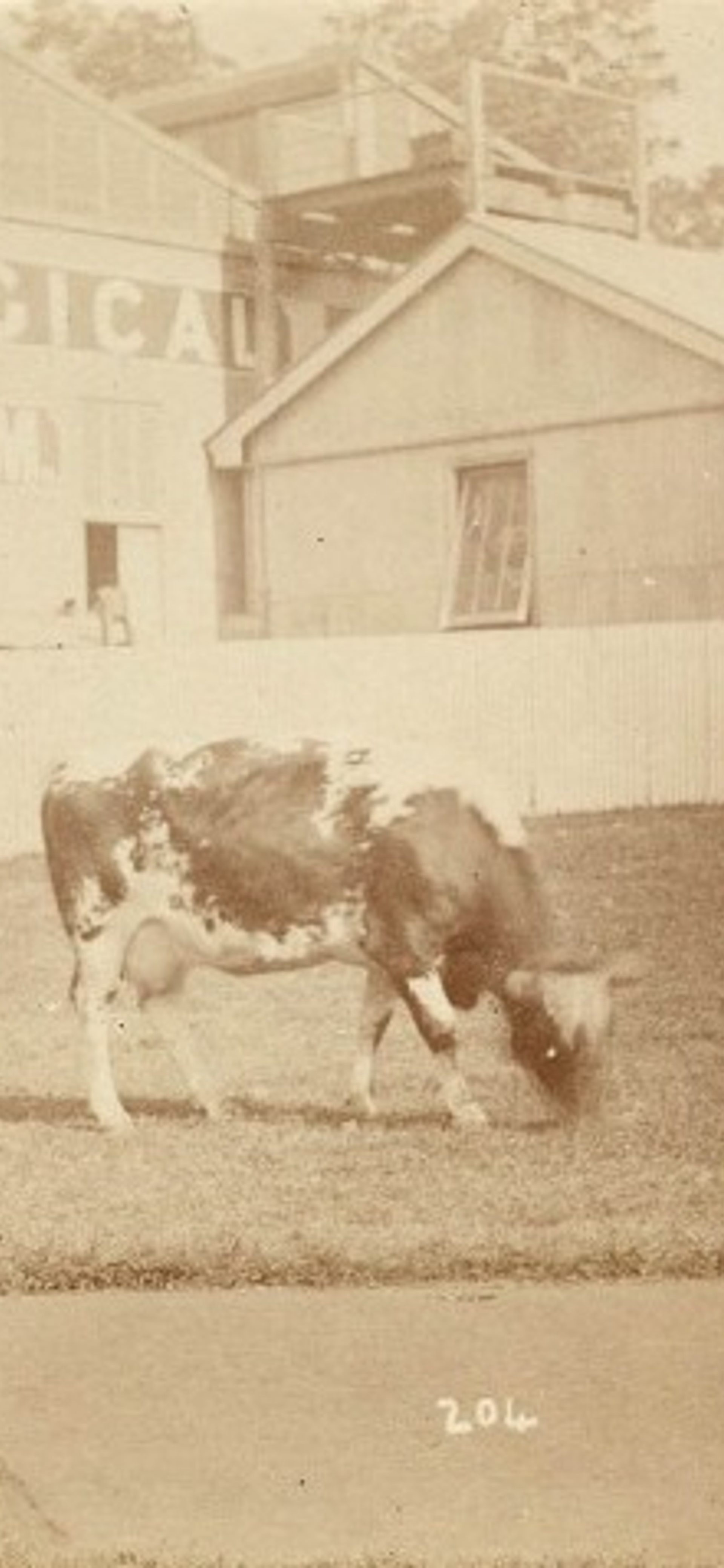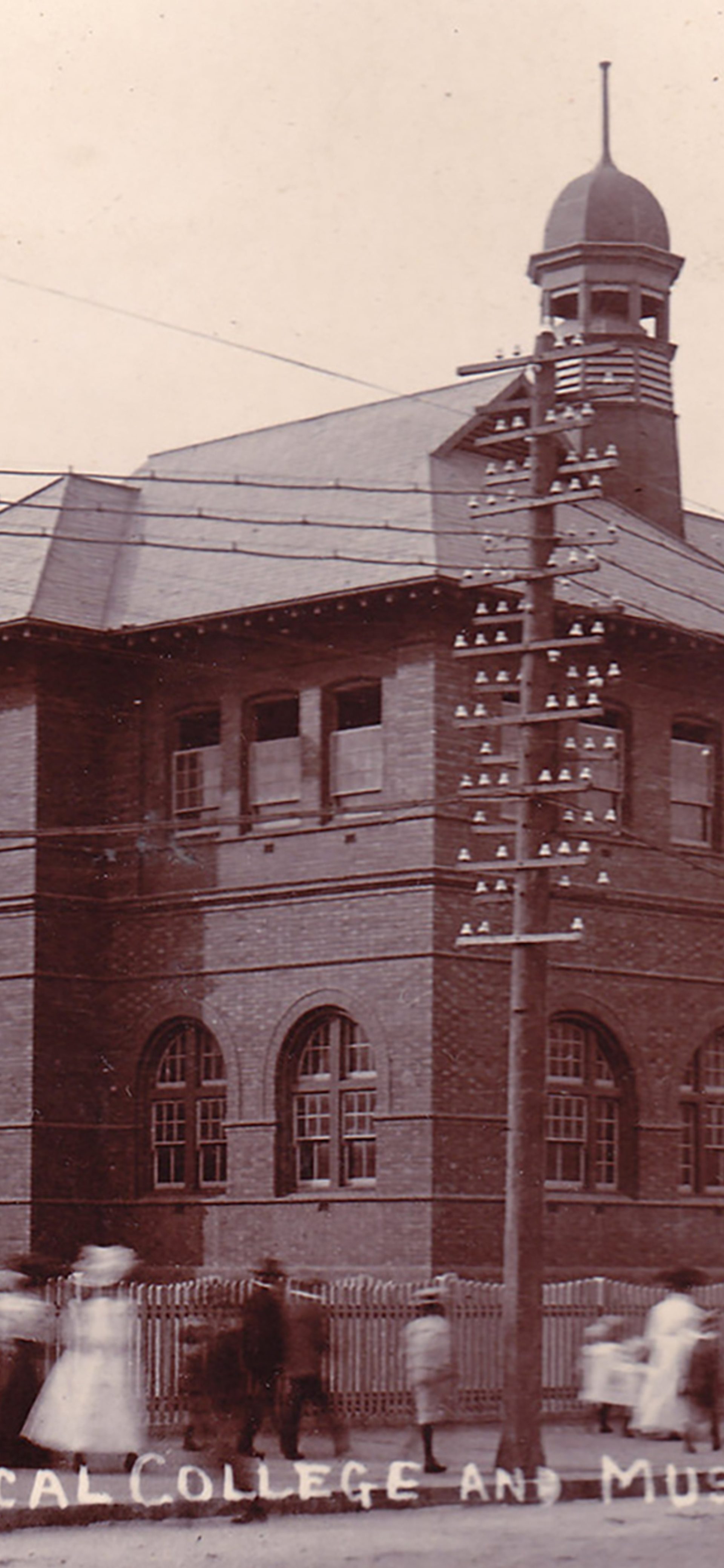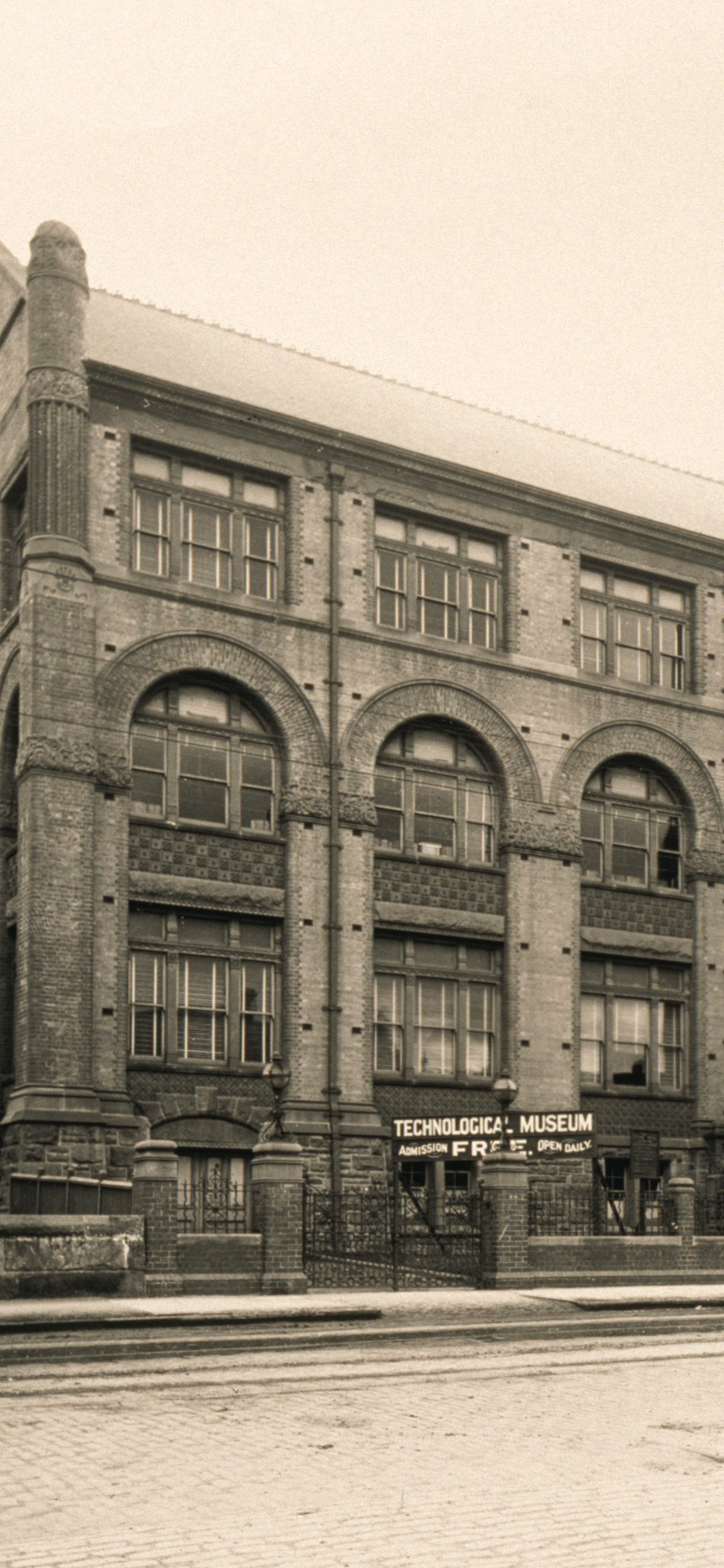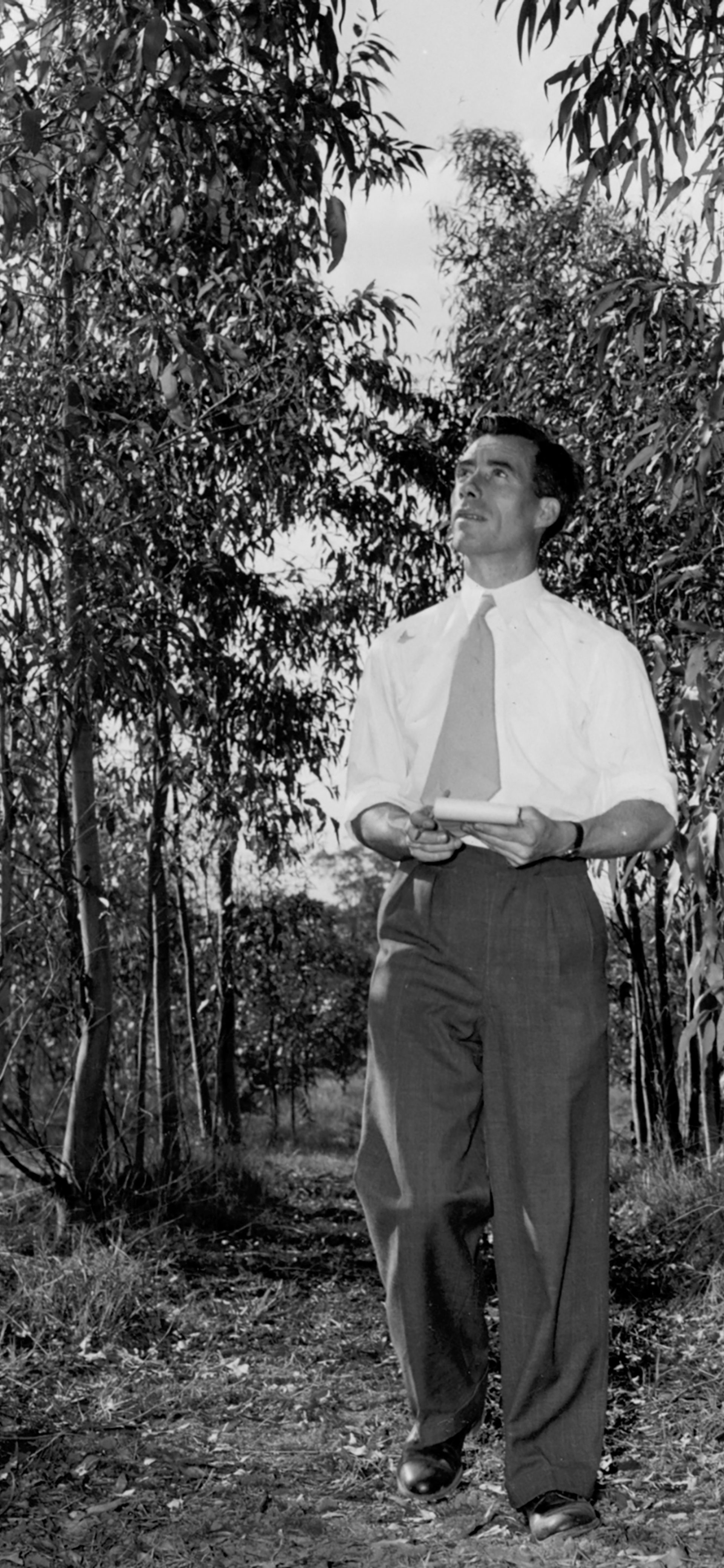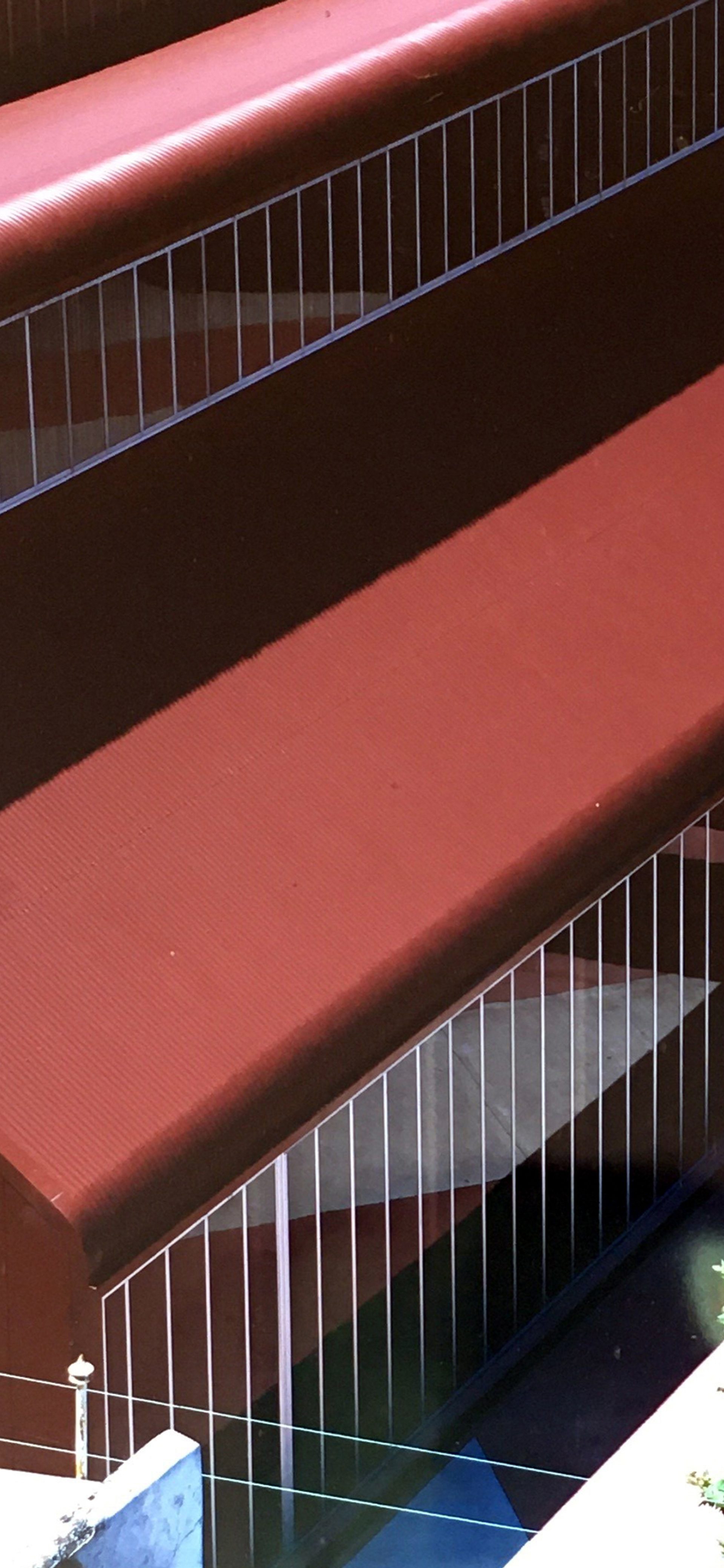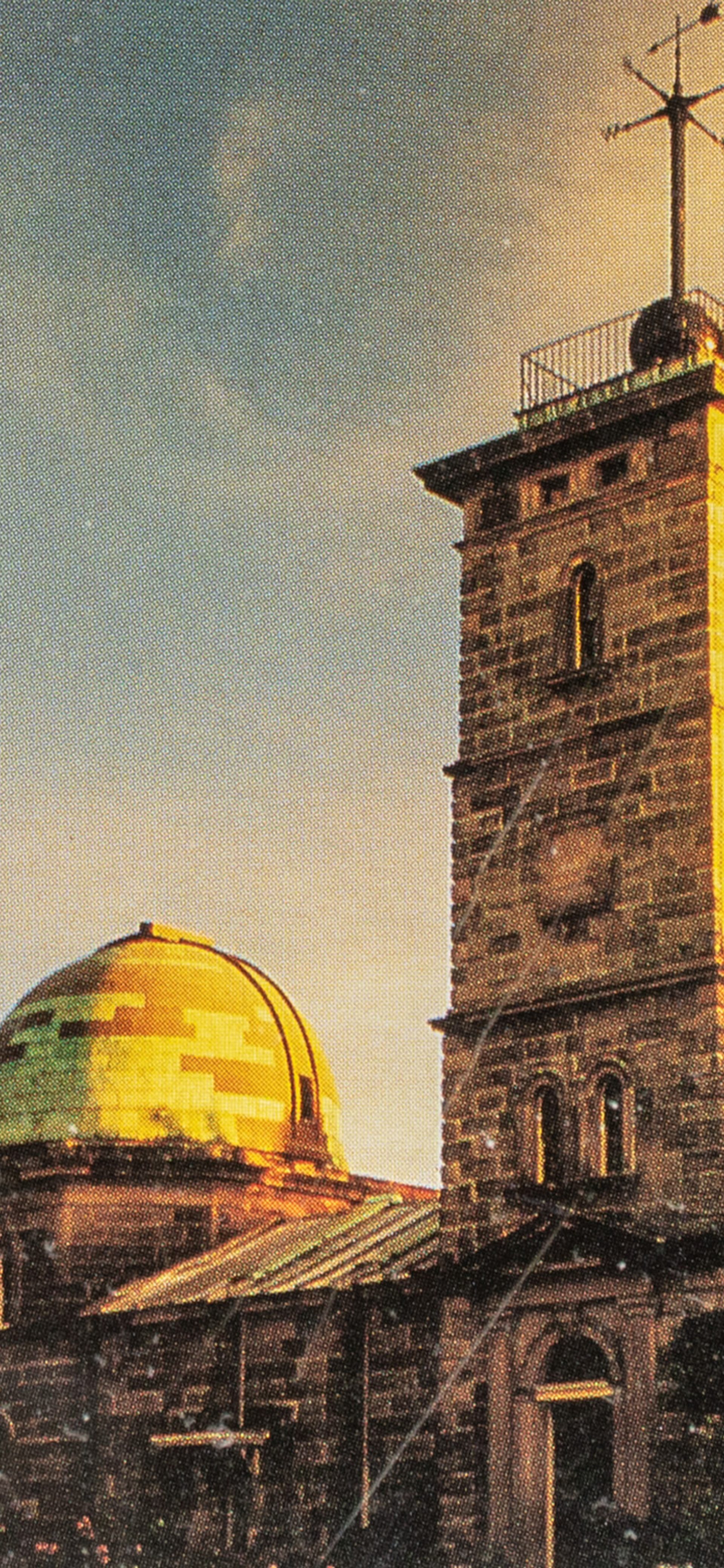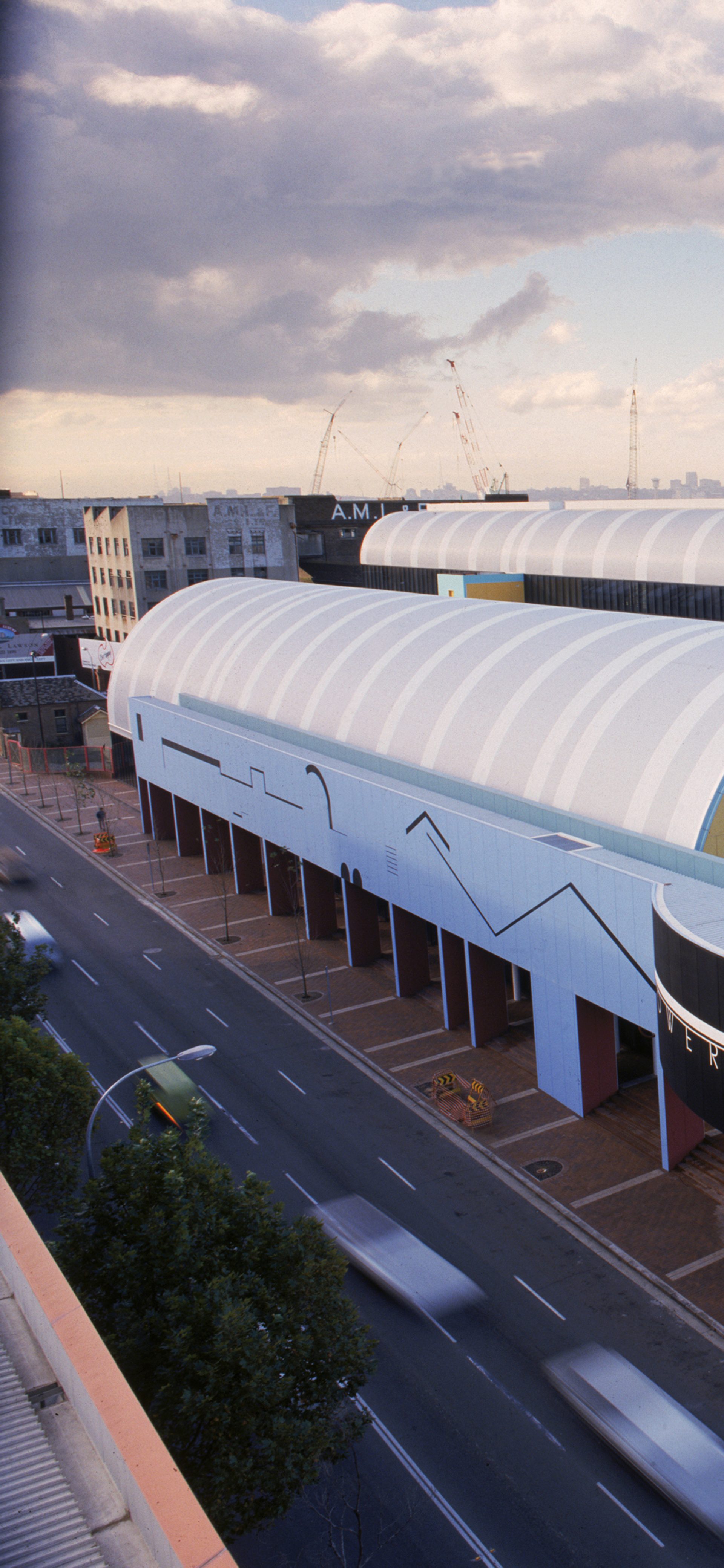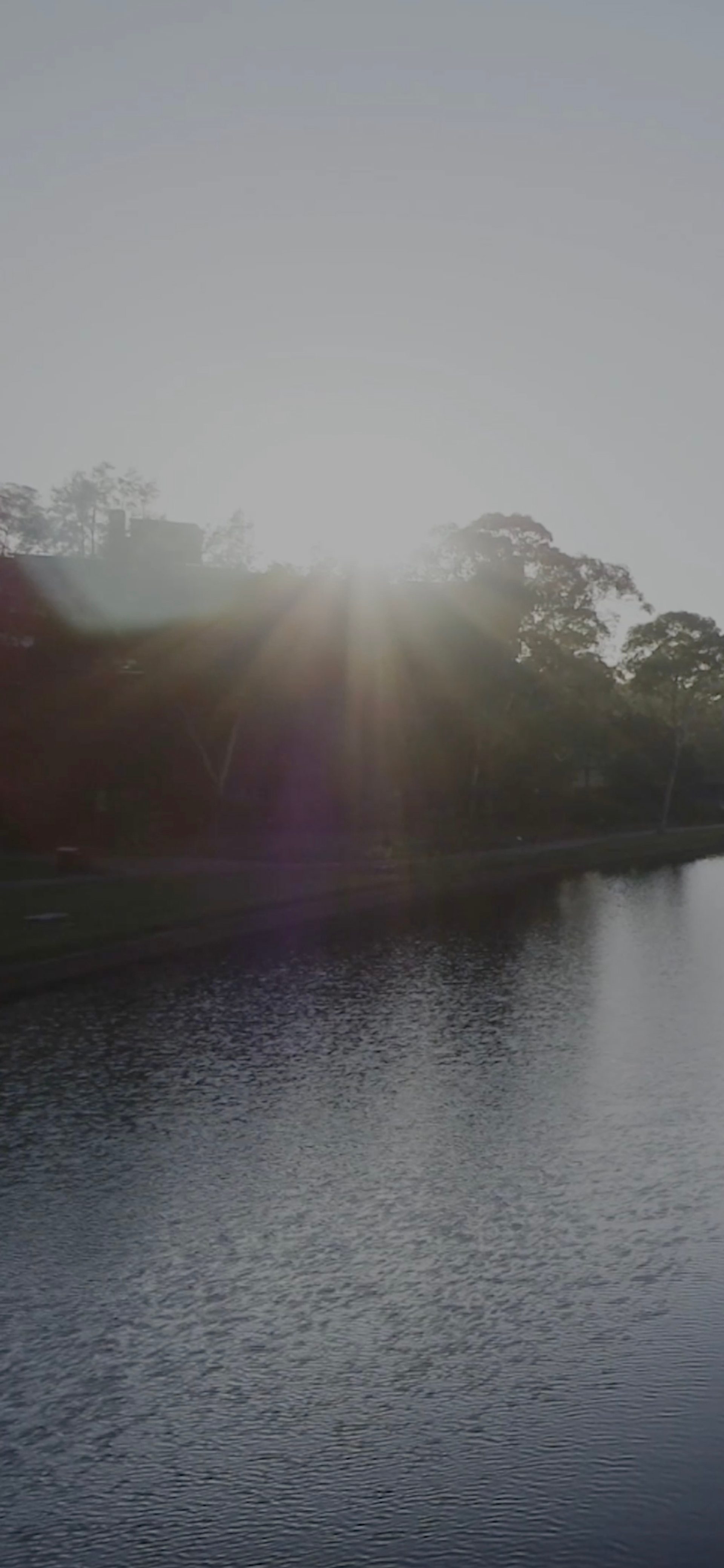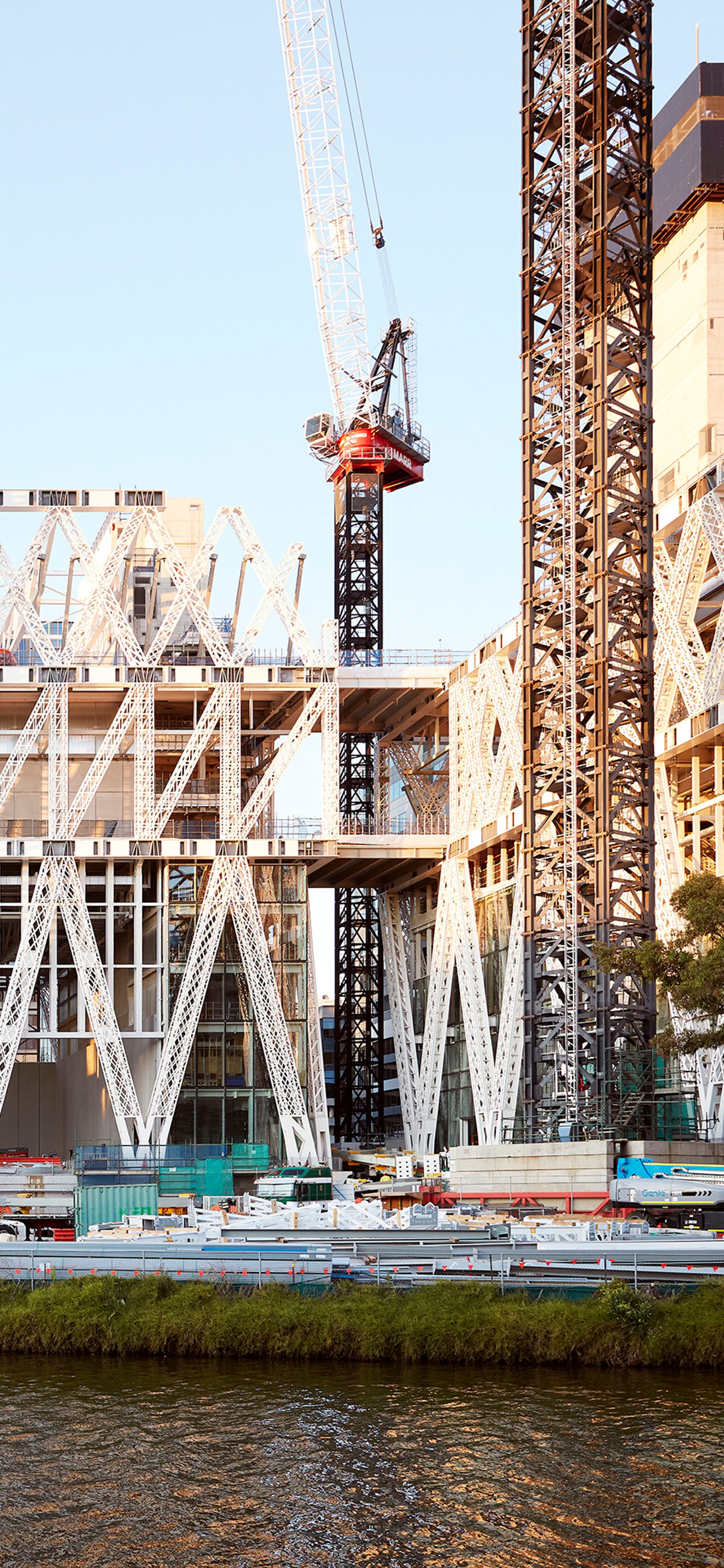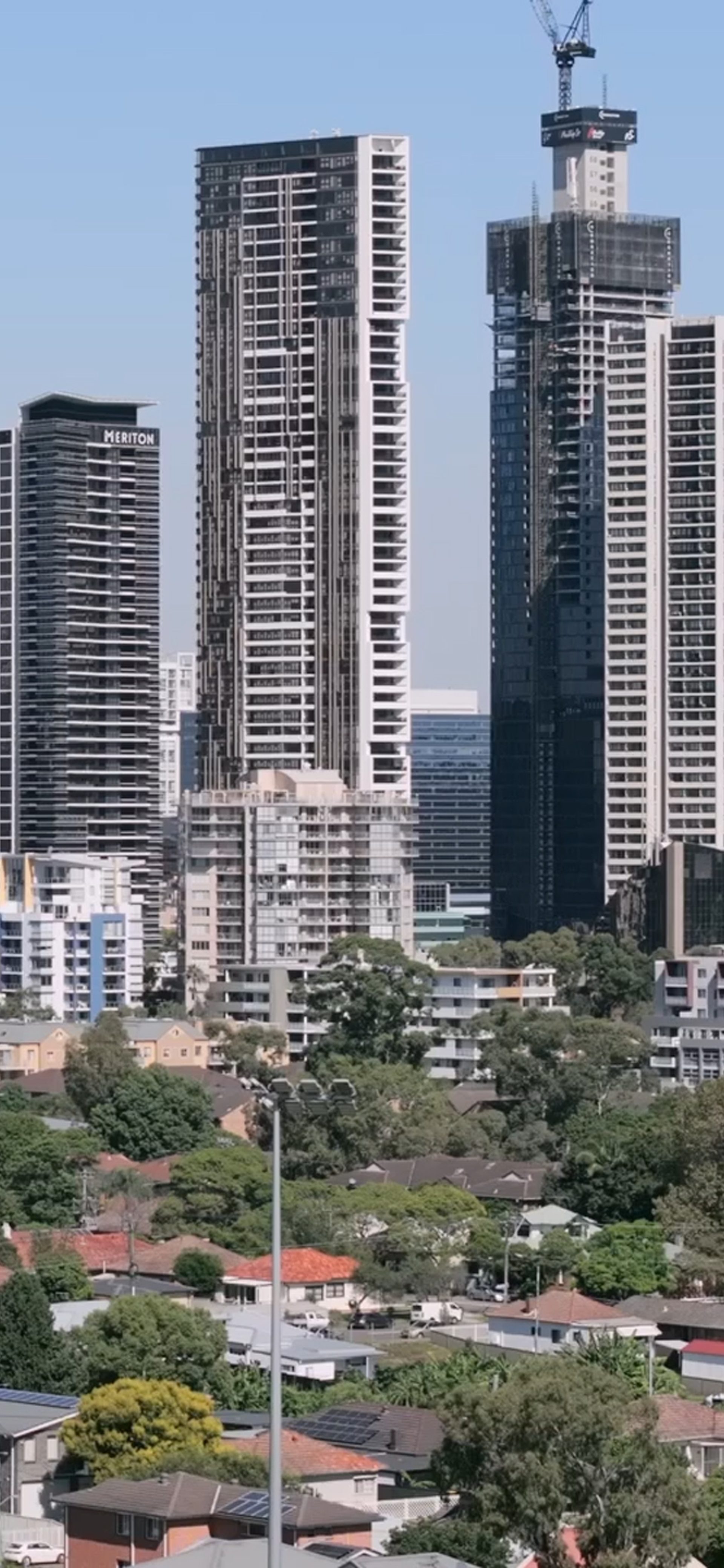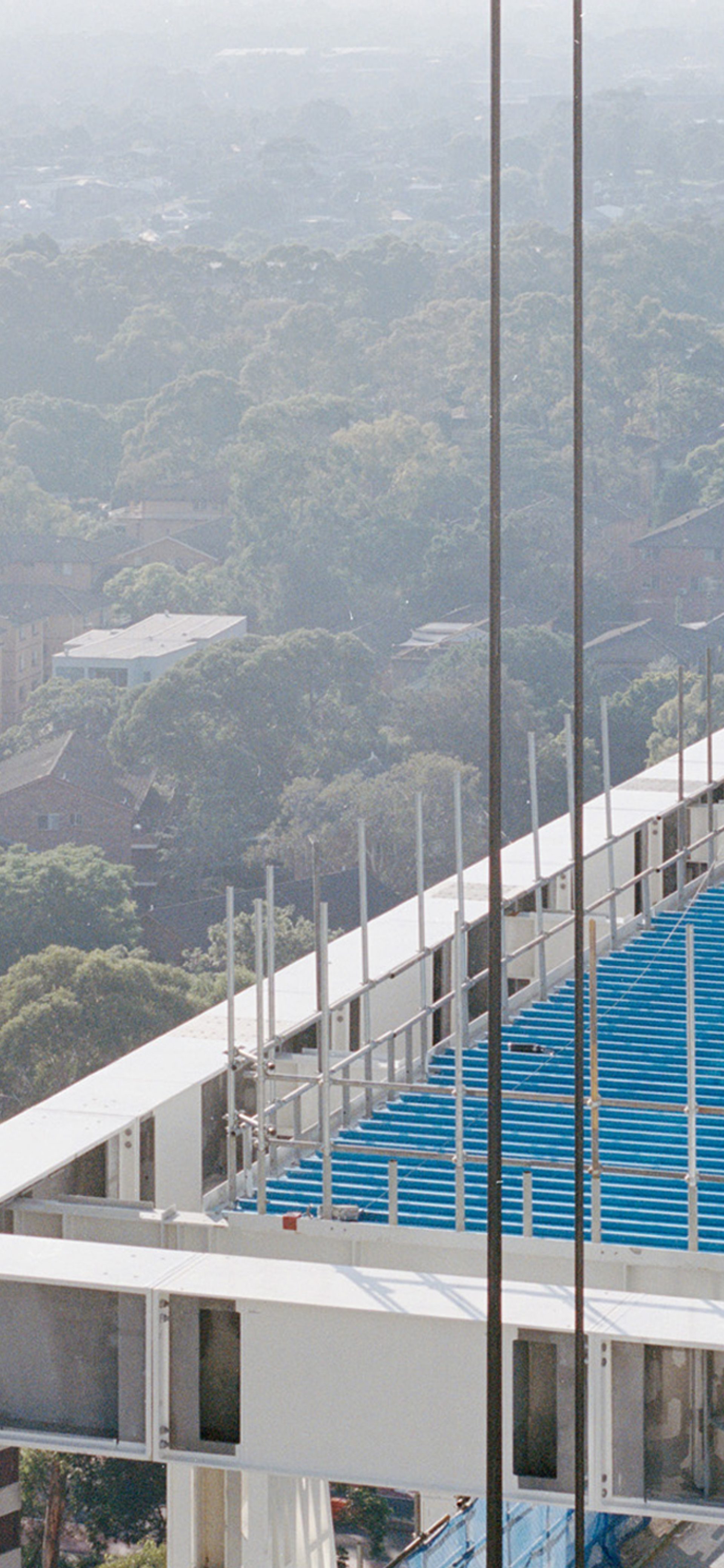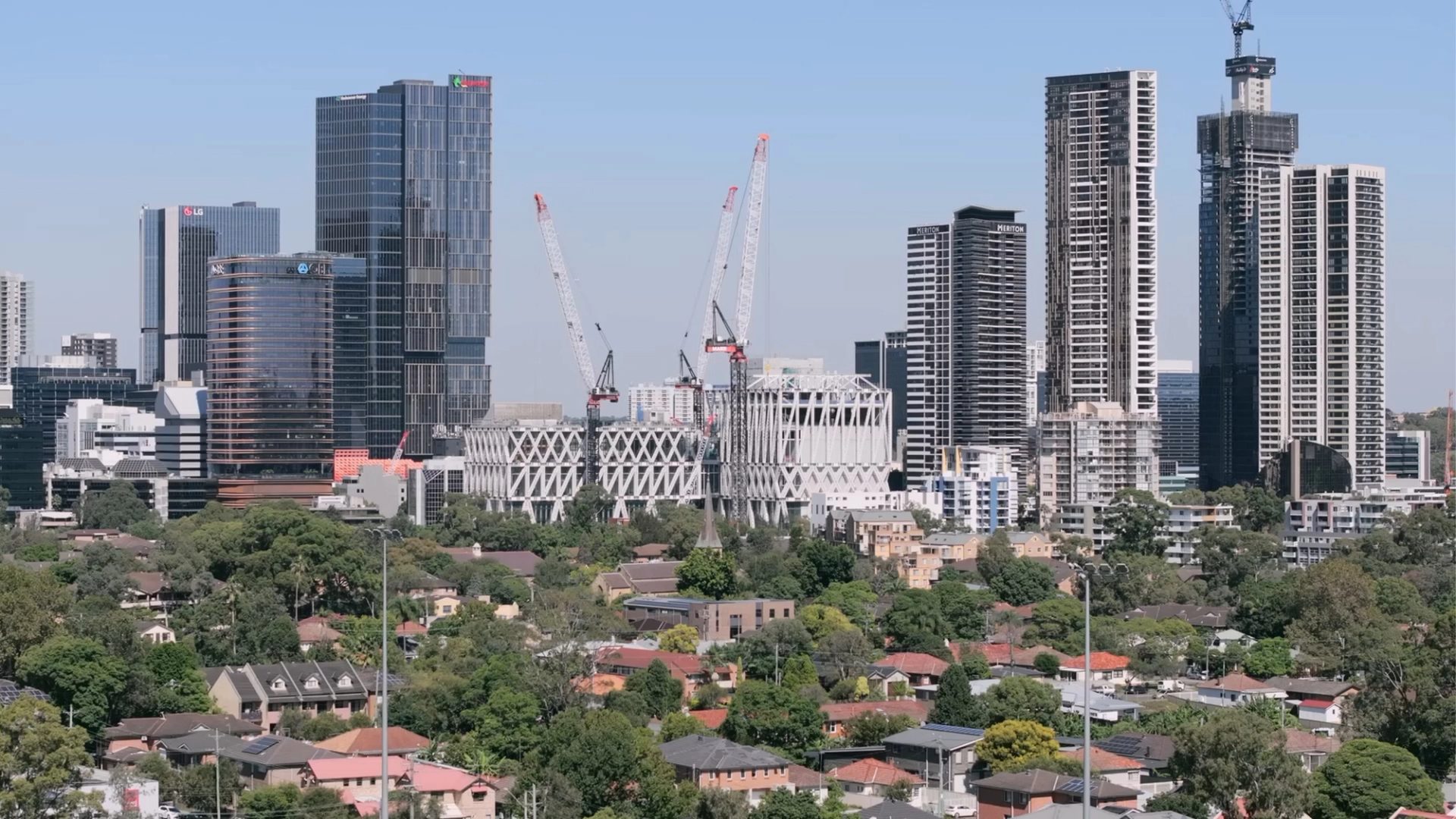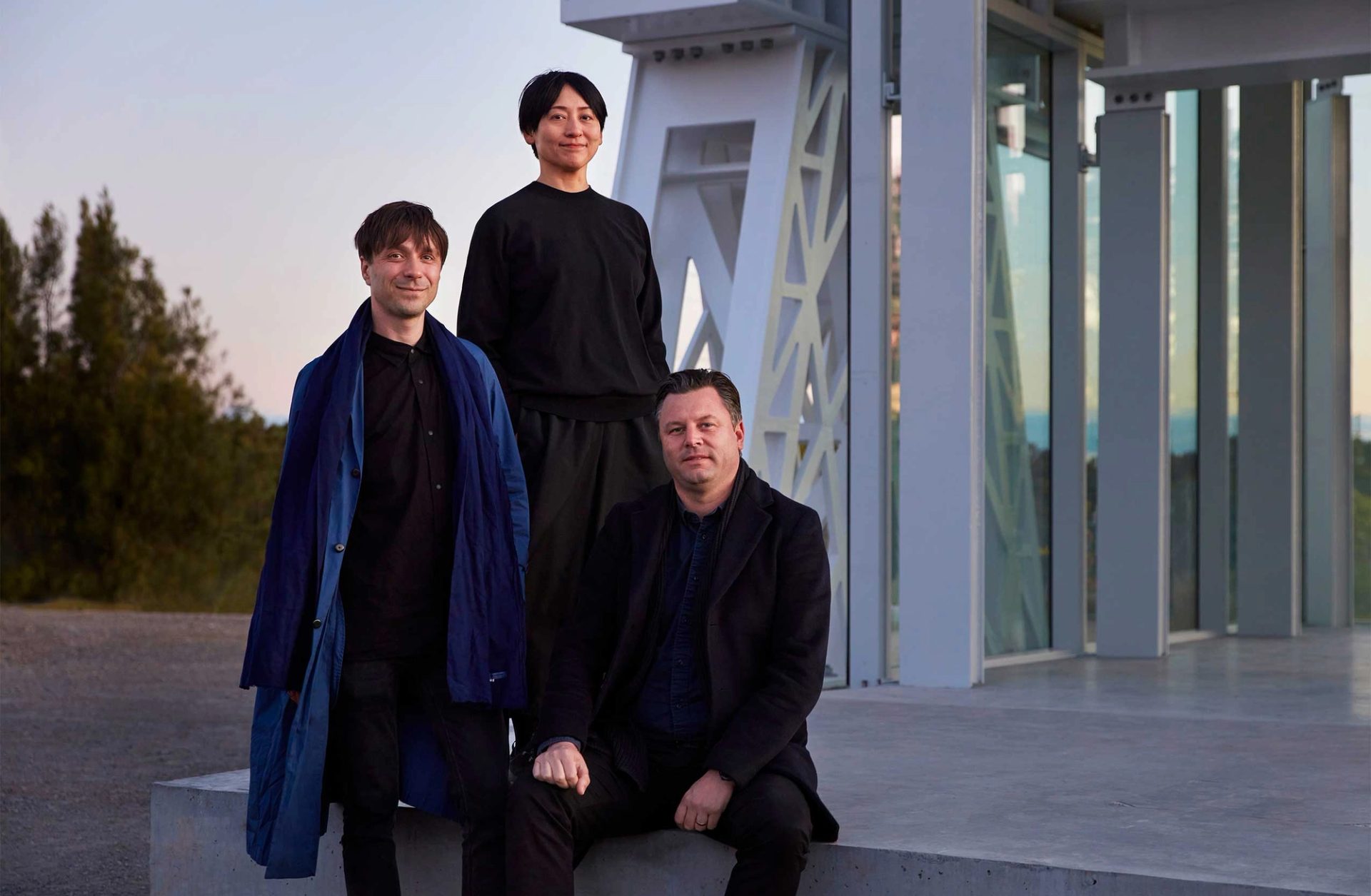Powerhouse Parramatta: Green Star

Powerhouse Parramatta is on track to become the first public institution in Australia with a 6 Star Green Star rating under the Green Building Council Australia's new rating tool.
The construction of the new museum, delivered by Infrastructure NSW and head contractor Lendlease has already met exceptional performance standards — distinct for its focus on climate resilience, circular principles and a climate positive roadmap.
A detailed submission by Powerhouse and Lendlease was evaluated by the Green Building Council of Australia (GBCA) across eight categories: responsible, healthy, resilient, positive, places, people, nature and leadership.
During its design assessment Powerhouse Parramatta gained more than 70 points under the GBCA’s Building’s v1 tool across all eight categories, including a commitment to zero carbon emissions in operations when the museum opens, making it Australia’s most sustainable cultural institution.
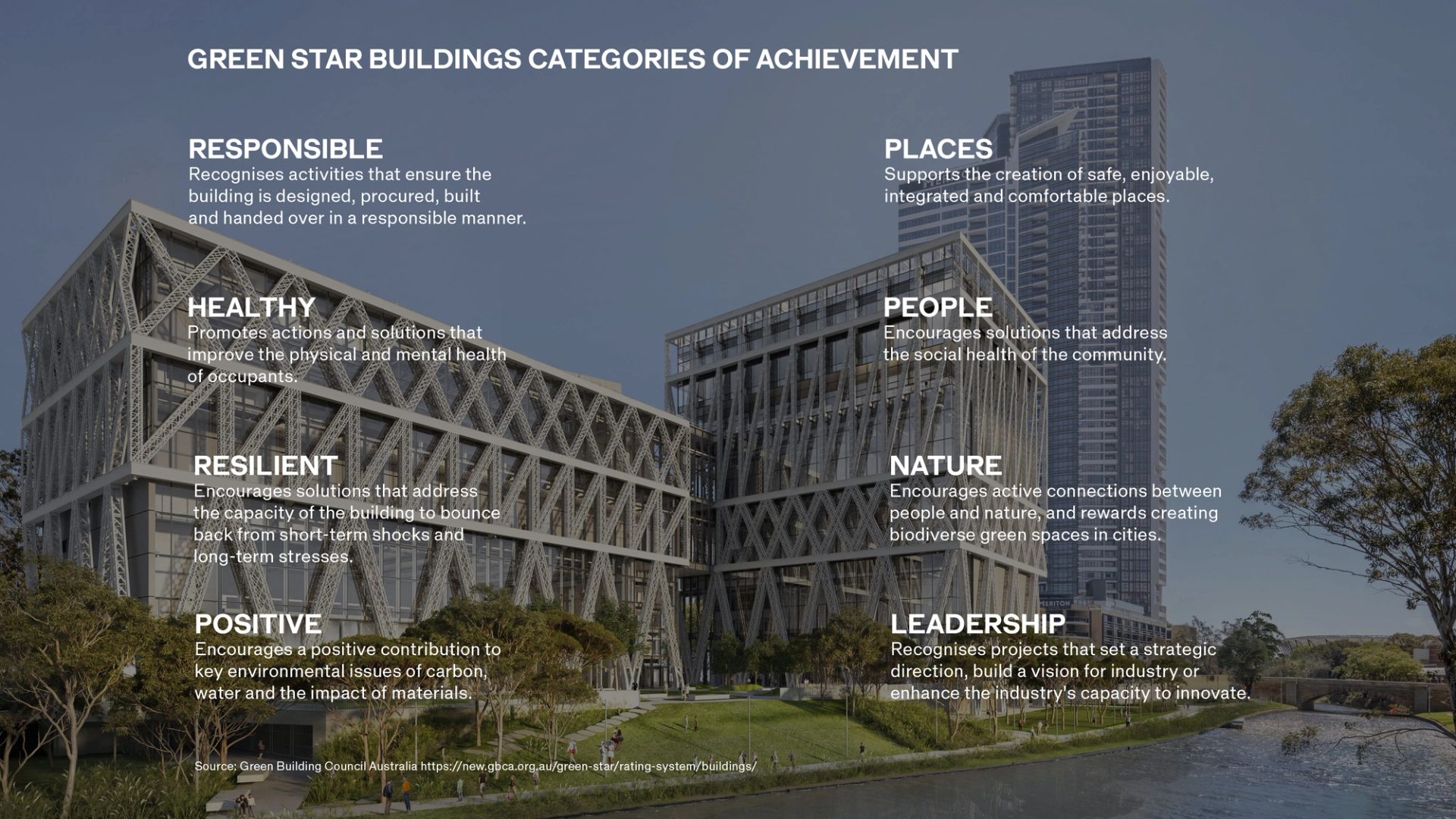
Powerhouse Parramatta will be a Climate Positive building as outlined by the GBCA — highly energy efficient and operating on 100% renewable electricity.
Future proofing building design against climate change
The Green Star Buildings rating system is designed by Green Building Council Australia to help developers and owners measure the long-term sustainability of new buildings and major refurbishments. Projects targeting a 6 Star rating must meet the GBCA’s Climate Positive Pathway, aligned with recommendations from the United Nation’s Intergovernmental Panel on Climate Change to deliver Climate Positive buildings.
Under the GBCA’s Building’s v1 tool, Climate Positive buildings are built with lower upfront emissions and lower carbon materials. Their operations must be fossil fuel free and powered by renewables, use highly efficient energy systems, be built with lower upfront carbon emissions and offset with nature.
While the design of Powerhouse Parramatta began before GBCA developed its new 6 Star Designed Building rating, it was planned from the beginning to be highly energy efficient and use 100% renewable electric energy for net zero emissions. The museum is on track to achieve the 6 Star requirements for Green Star Buildings when it welcomes visitors in late 2026, ahead of the GBCA’s goal for new buildings and fitouts to have no carbon emissions from their operations by 2030.
Responsible construction reduces carbon emissions
Powerhouse Parramatta is the largest investment in cultural infrastructure by the NSW Government since the Sydney Opera House and one of the key aspects of the project is the responsible sourcing of material.
Structural steel used for the construction of the building’s visually striking exoskeleton was sourced through a combination of different suppliers, which allowed for a better overall reduction in upfront carbon emissions. Even accounting for emissions during shipping, the structural steel was delivered to site with significantly lower upfront emissions than would otherwise have been possible. Because each section of the exoskeleton arrived prefabricated, assembly waste has been significantly reduced. Overall, 90% of construction and demolition waste at the Parramatta site has been diverted from landfill.
All electricity used on the construction site is 100% renewable, and construction of the project has been independently verified as carbon neutral through the government-backed Climate Active certification. Climate Active is the only government accredited carbon neutral certification scheme in Australia.
The exoskeleton was built using three cranes powered by renewable diesel, one of the first projects in Australia to do so. The fuel was sourced through a cross-industry collaboration between Powerhouse project partners — the NSW Government, Lendlease, Marr Contracting and Refuelling Solutions, together with builder Multiplex. The product is chemically identical to regular mineral diesel and is made from used cooking oils and animal fats, and has significantly less emission over its life cycle when compared to conventional mineral diesel produced from crude oil.
‘At Powerhouse Parramatta we decided — and it was considered a bold decision at the time — not to introduce gas use at all, not to introduce fossil fuels into the way we operate the building.’
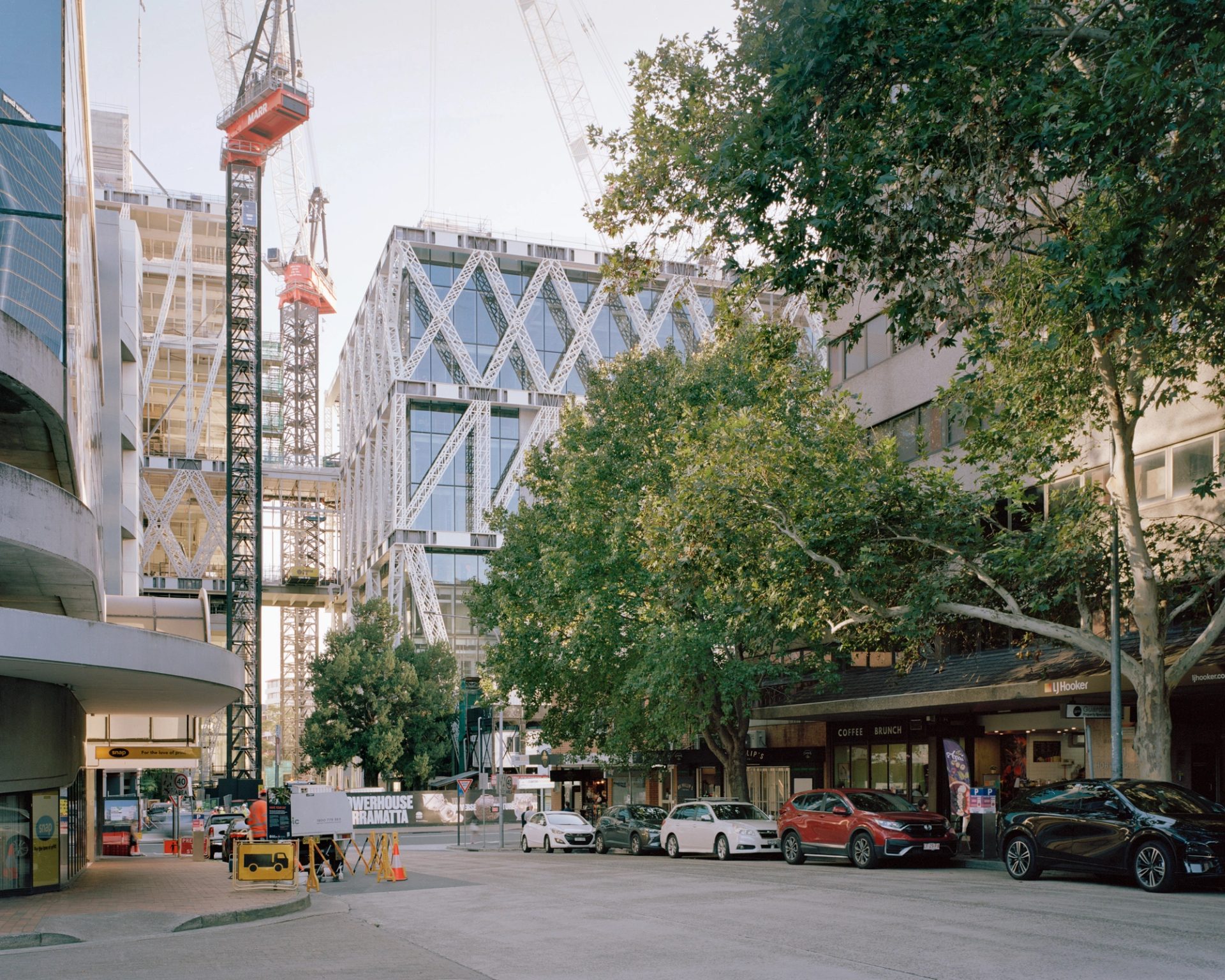
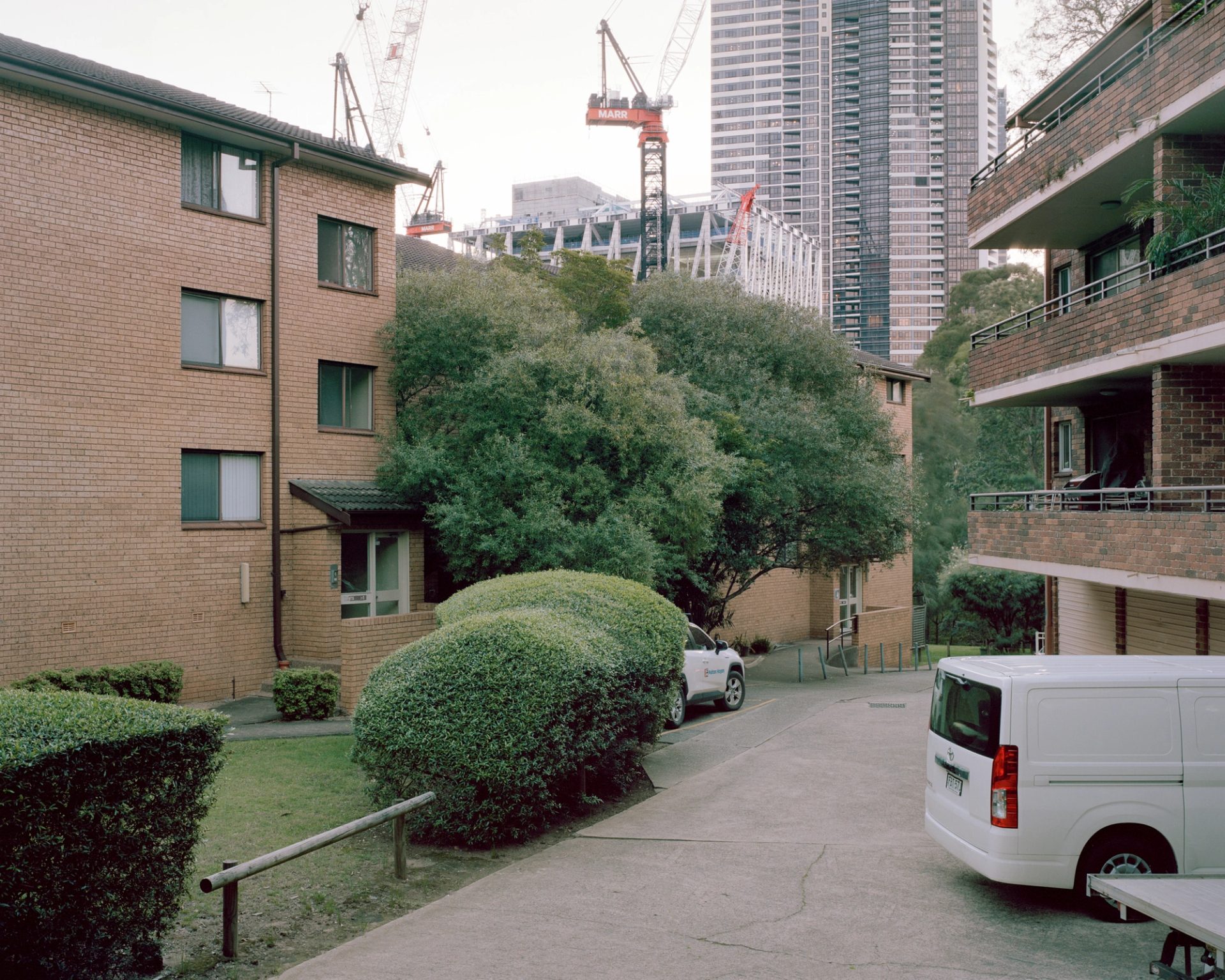
Net Zero operating emissions
When it opens in late 2026, Powerhouse Parramatta will be the largest museum in NSW, with more than 18,000 sqm of exhibition and public space. It is designed for net zero operational carbon emissions and will be powered by 100% renewable energy, including onsite renewable electricity generated by a 117kW rooftop solar photovoltaic system.
An early decision not to include gas-fuelled cooktops in the design of the new museum’s kitchens was considered bold when it was first announced in the Powerhouse Climate Action Plan, though very prescient, as awareness of the environmental and health impacts of gas appliances is now a mainstream concern.
Strategies for minimising toxin exposure within the building include ensuring all materials and finishes are low VOC (volatile organic compound) and by using electrolysed water as an effective disinfectant for indoor cleaning.
A waste minimisation strategy across the museum’s operations targets zero waste to landfill, strengthened with policies integrating circularity in resource and material use, and 45% less potable water use compared with a building that is just code compliant.
‘Sustainability is integral to the Powerhouse renewal, which presents a once-in-a-generation opportunity to embed low carbon solutions into Powerhouse infrastructure to reduce its operational environmental impact and improve its responsiveness to climate, season and sustainability.’
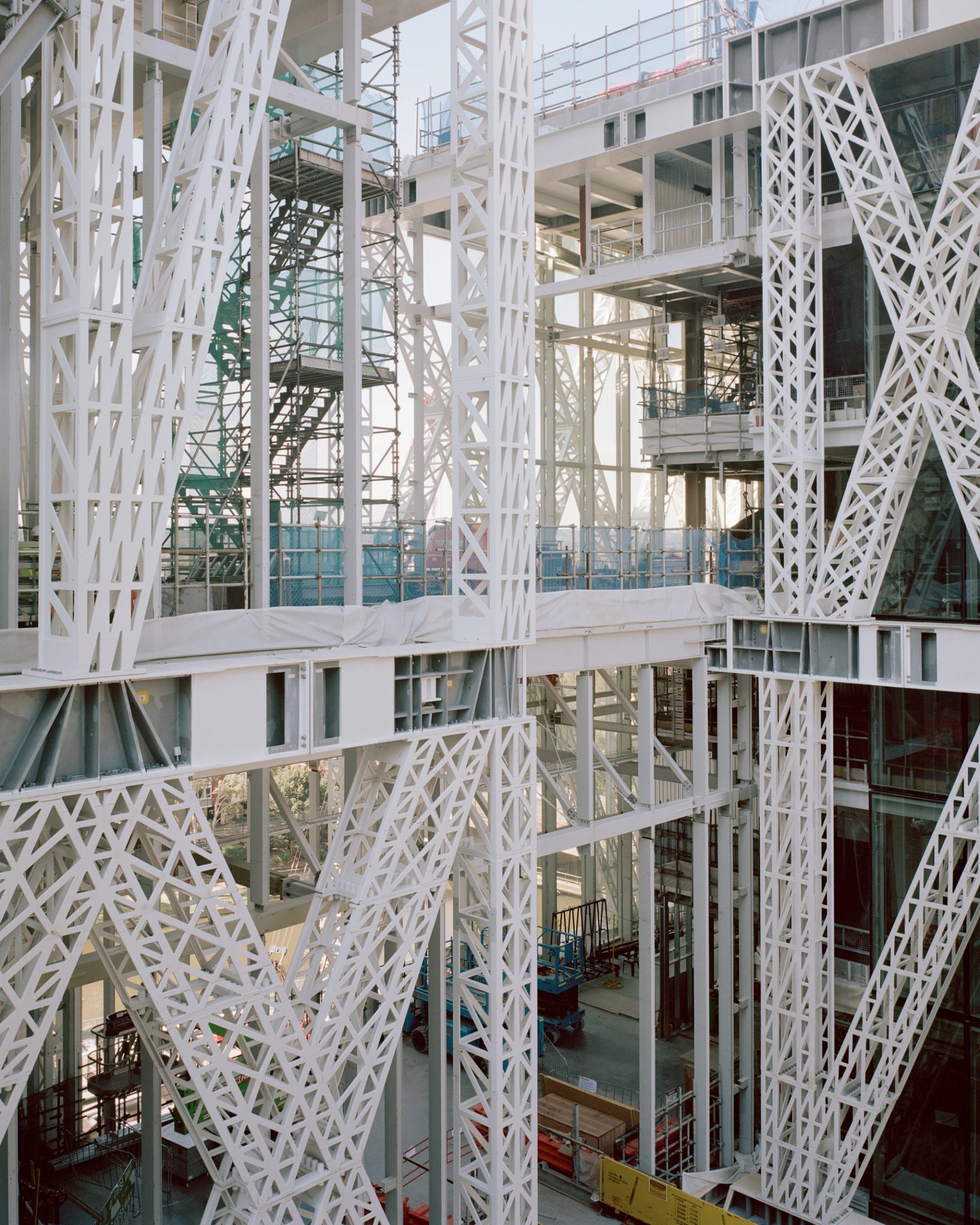
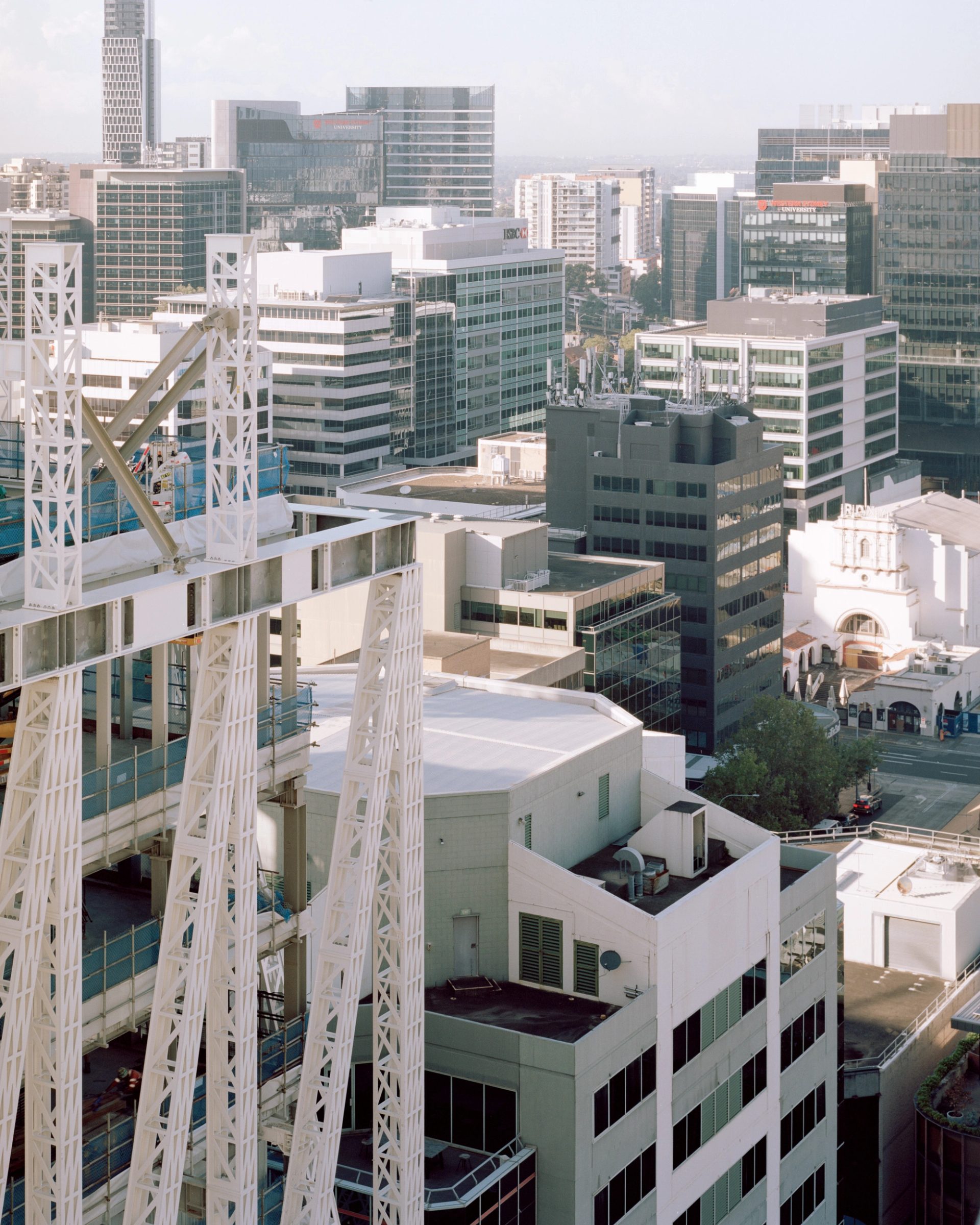
Leadership in sustainability advocacy and education
The design of Powerhouse Parramatta recognises its location near the Parramatta River: its undercroft makes it resilient to climate change risks such as extreme flooding, while the site’s landscaping will support biodiversity across its productive rooftop garden and dedicated conservation areas.
The structure of the new museum also ensures its spaces and amenities are inclusively accessible; and it is well positioned alongside major public transport hubs (heavy and light rail, buses, ferry, future metro) and active transport (cycle paths and walkways) to encourage visitors to use more sustainable modes of travel. Besides, there will be no public parking on site.
Powerhouse is committed to real and lasting relationships between creative, cultural, industry and educational communities at local, national and international levels — and the new museum will lead with exceptional education programs for rural and regional students.
Lang Walker Academy and the Residences are designed as permanent infrastructure within the new museum, offering purpose-built facilities for learning, academic research and creative fellowships. Each year, the Academy will accommodate 10,000 regional, remote, interstate and international students, while the Residences will house up to 30 researchers and practitioners across the applied arts and sciences at any one time for between a few weeks to several months.
The Academy’s STEM education will create social impact by contributing to the National STEM School Education Strategy outcomes and help students identify potential STEM career pathways, while the museum’s public programs will highlight sustainability initiatives in the applied arts and sciences.
The Vitocco Family Kitchen is a great case in point: as well as hosting renowned chefs and food educators in its all-electric culinary theatre space, it will explicitly promote fossil fuel free lifestyle choices such as cooking with 100% renewable electricity instead of gas.
‘Powerhouse demonstrates industry leadership through these initiatives and aims to have them recognised as Green Star Leadership credits to encourage market transformation across cultural and public infrastructure.’

